It’s not like from the very first of human evolution people started to wear clothes. There must be some kind of need they had felt to cover up their skin. Let’s see, what that could be!
Origin of Clothing
We know the origin of Clothing from Anthropological research and Ancient paintings.
1. What People Wear When. The fashion (Clothing and Accessories) through the centuries with illustrations, of a different civilization. You can buy it from Amazon.in or Amazon.com
- Anthropological research shows that clothing originated more than 1 million years ago.
- The ancient paintings and other researches suggest that it can be even 5 million years ago!
- Dyed and Twisted flax fibers are found in 34000 BCE (Before the common era, which means from today 2021+34000 years ago!)
Journey of Clothing
It took thousands of years to reach today’s fashion industry. But what are the steps of revolution? Let’s check!
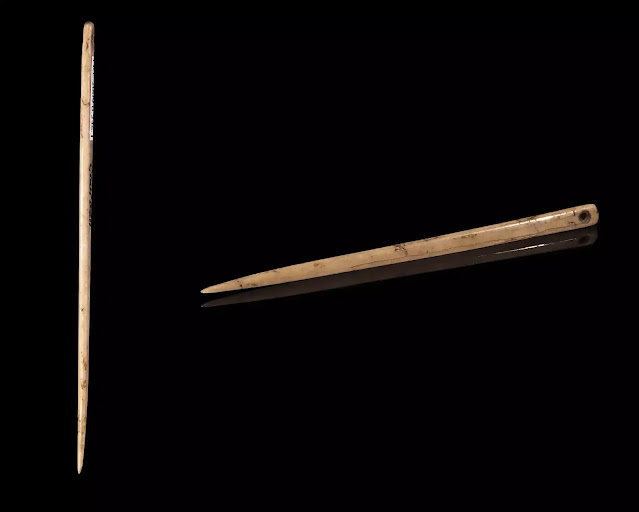
- Making threads from the bark is probably the first step of clothing. Clothes were made of bark, called Tapa. And there were clothes made from the bast fibers of some species of trees and shrubs called Kapa. Both are similar. The process of making was different from each other. They used to beat and mattify the soft inner bark of certain trees. This was then followed by the needle binding technique.
- Then come sewing. Humans started to collect leather from animals to save them from extreme cold. From bones, they used to make with an eye for the thread. These needles were used to stitch pieces together of leather.
- From 10,000 to 5000 BCE spinning and weaving developed. They used bast fibers, silks, wool, and cotton.
- Then finally came the sewing machine! But many years had gone by. The Sewing machine was invented in 1970 by Thomas Saint. It was a start of a new era.
- Then came automated textile weaving, another step of the revolution. It ensured that no shortage of fabrics for the clothing industry.
"What People Wear When" book explained beautifully the fashion (Clothing and Accessories) through the centuries with illustrations, of a different civilization. You can buy it from Amazon.in or Amazon.com
Theories Behind Origin of Clothing
There are main four theories behind the Origin of Clothing. 1. Modesty Theory. 2. Immodesty Theory. 4. Adornment Theory. 5. Protection Theory.
1. Modesty Theory
This theory says women started to dress to avoid attracting sexual attention. In another way, modesty is to overcome the feeling of shame with exposure to the naked body. It can be male or female. Again another meaning of modesty is described as maintaining self-propriety and privacy.
From a fashion perspective, the Modesty theory has two expressions:
Socio-cultural, Political, and Religions.
In some civilizations, high-status women had to were veils whereas others were not allowed to. In Iran, wearing Hijab was banned in 1936 but later in 1979, it was mandatory.
Clothing in Public Life.
In the Victorian era in England, there was a particular length of skirt for females. Women and girls above 16 years had to were skirts only, whereas hemline skirts had to reach up to the ankle.
2. Immodesty Theory
This theory recognized that the instinct of human beings arouses the interest of the opposite gender and then proposed the requirement of clothing. History is evidence that body paintings accessorized with colorful feathers were used to draw the attention of the opposite sex. The immodest dressing had been focused on drawing attention to the shape of certain parts of the body like the upper torso, waist, hips, legs, and arms. In the 1920’s short hemlines that revealed the leg was fashionable but in the 1930s lengthened hemlines were trendy. Structured shoulders and shorter hemlines dominated the 1940s. Later after the 1990’s slip dresses and low-rise jeans were the bold fashion.
3. Adornment Theory
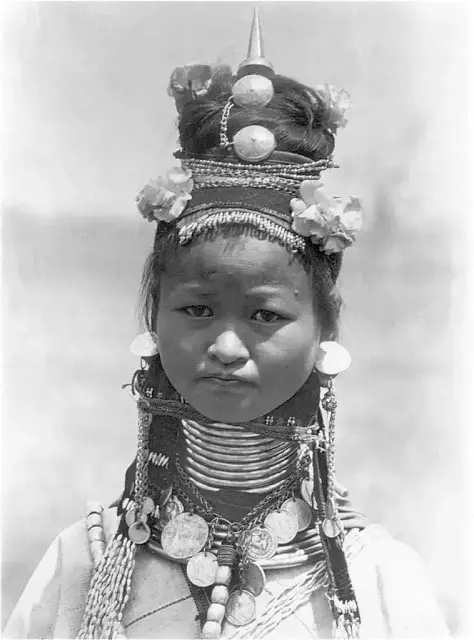
This theory says that human beings started being adorned and started wearing clothes. This theory says human beings were motivated by the desire to feel good about themselves. They started to learn the aesthetic value of beauty. Adornment drew inspiration from nature and develop abstractions in the form of decoration. Designing involves colors, textures, and various materials. Different embellishment techniques including traditional surface treatments like dyeing and
There are three different methods of body adornment.
Body Modification
Chinese foot binding, Kichepo women’s large circular lip palates, and Kayans ladies artificially elongate their necks by wearing a series of brass rings around their necks.
Tattooing
Body tattooing is used everywhere now. Still, different tribes create their special identity by tattooing in particular places like elaborate face tattoos moko in New Zealand, and body tattoos by the Japanese Yakuza.
Body Painting
Congolese tribes oil themselves and apply red camwood powder, and Japanese geisha girls applied heavy makeup highlighted with ground rice powder and white lead.
So we can see that Immodesty theory was focused on sexuality and Modesty theory was focused on demureness Adornment theory focuses on enhancing beauty by using ornaments and enhancing the aesthetic impact of appearance.
4. Protection Theory
Human beings needed to protect themself from freezing temperatures. They used available materials from the surroundings to protect themself from heat, rain, and cold. They used raw materials like furs, and the skins, of animals. Slowly they learned to make bark clothes even fibers from plants. In history clothing also serves as camouflage during warfare, which helped to blend in with surroundings or hide.
1. What People Wear When. The fashion (Clothing and Accessories) through the centuries with illustrations, of a different civilization. You can buy it from Amazon.in or Amazon.com
Functions of Clothing
There are mainly four functions clothes can fulfill. Self Actualization, Protection, Identity, Status, Prestige, Self Expression, and Ornamental Functions are fulfilled by clothes.
We will discuss 6 functions today to get the basic idea that clothes can fulfill. And yes there are more but these are the main functions so we’ll know you don’t get bored!
1. Hierarchy of Human Needs
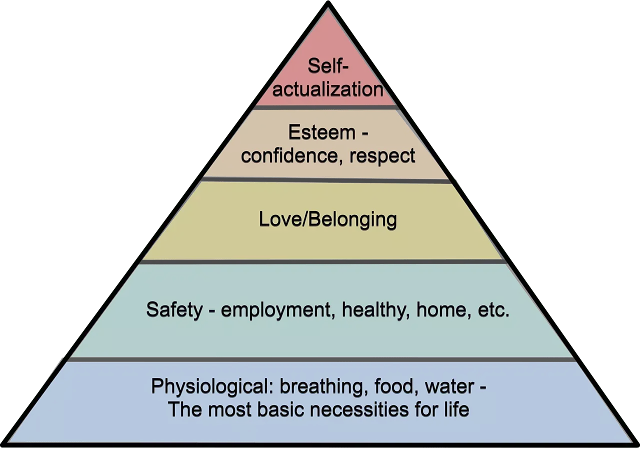
The above picture shows Maslow’s Hierarchy of needs. It tells us how humans deal with the more basic needs before moving on to the next needs. Abraham Maslow came up with that clothes meet all five needs. The five needs are Physiological needs (Protection from climates), Safety needs (In wars, laboratory), Social needs (Shows as a symbol of love, and affection in relationships), Esteem needs (Dignity, and respect from others), Self-Actualisation needs (For personal growth, self-image).
2. Protection
In short, survival as we discussed before. Maslow’s Hierarchy is the physiological needs. Some specific ways clothes serve as a safeguard are: Protection from cruel weather, dangerous environment, and occupational hazards like radioactive materials, and chemicals.
3. Identity
Various civilizations developed their dress code through the years. There is also distinctive cultural dress in every society. These are called traditional dresses, which show pride in their heritage. Except for civilizations, different schools, academies, and professions like the army, nursing, teaching, police, and hospitality industries also have particular dress codes. These are called uniforms which play an important role in identity. Even the same type of academy does not need to have the same uniform, they can vary in style, color, and badges.
4. Status and Prestige
Clothes play a symbolic role in a person’s status. If we look at history we can see there’s a significant difference in the clothing of a Queen, ministers, and Vassals.
In ancient Rome, only senators were allowed to wear garments dyed with purple color. Only the emperor could were yellow robes, in Imperial China. In Hawaiian society, only the community chiefs could were cloaks made of feathers.
Nowadays the rapid adoption of democratic forms of government allows the equality of rights for all peoples. Still, expensive clothes are associated with the rich and the powerful. Rich peoples are willing to pay more for designer and high-fashion clothes from luxury brands.
5. Self Expression
It’s the Self-actualization in Maslow’s hierarchy of human needs. It represents the growth of a person, gaining knowledge, and seeking deeper meaning in life. Now how is it relevant to dressing? The answer is those who seek self-actualization, tend to use their dressing to express their individuality. Clothing serves in various ways when it comes to self-growth like wearing comfortable clothes without hiding flaws in the body! It also says to stay true to yourself and be natural.
Colors play a huge role in expressing your perspective and mood. Suitable choice of colors is very important nowadays if you don’t wanna create negative impressions.
6. Ornamental Functions
Last but not least right? Adornment theory shows how important it was to beautify the self even back then. A clothe itself an adorn. How? Let’s see. Design is the key to a cloth. Innovative and good designs emphasize the positive physical attributes of a person. Surface dyeing, printing, and embroidering enhance the beauty of a cloth. You can see Elements of design here
"What People Wear When" book explained beautifully the fashion (Clothing and Accessories) through the centuries with illustrations, of a different civilization. You can buy it from Amazon.in or Amazon.com

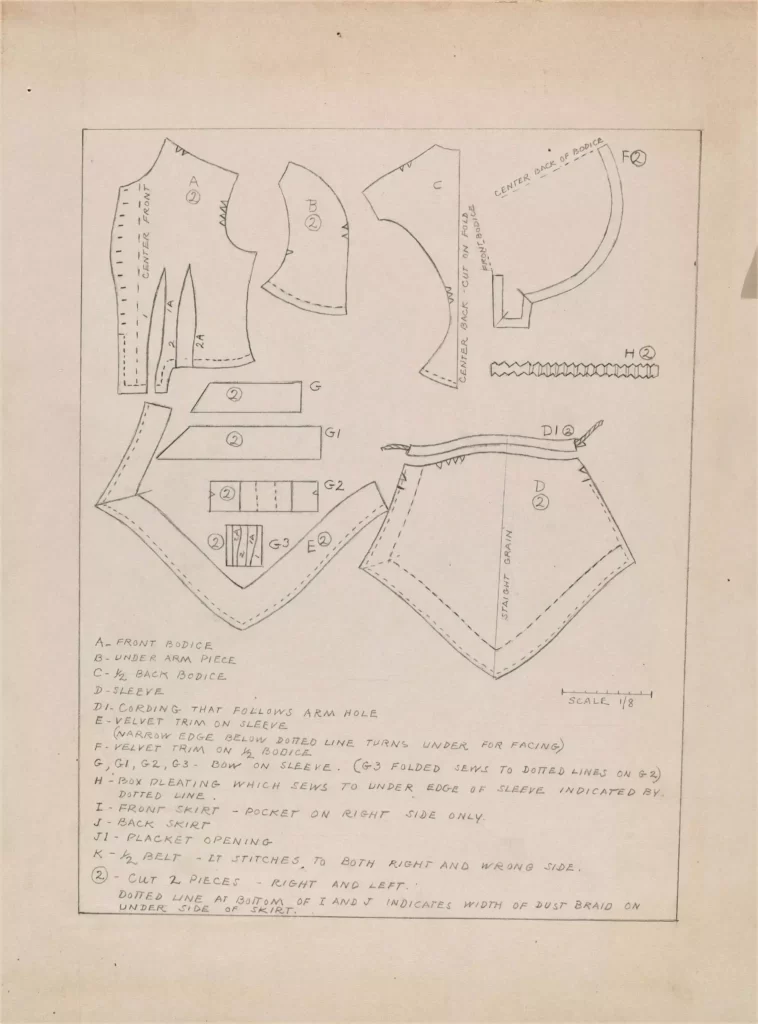

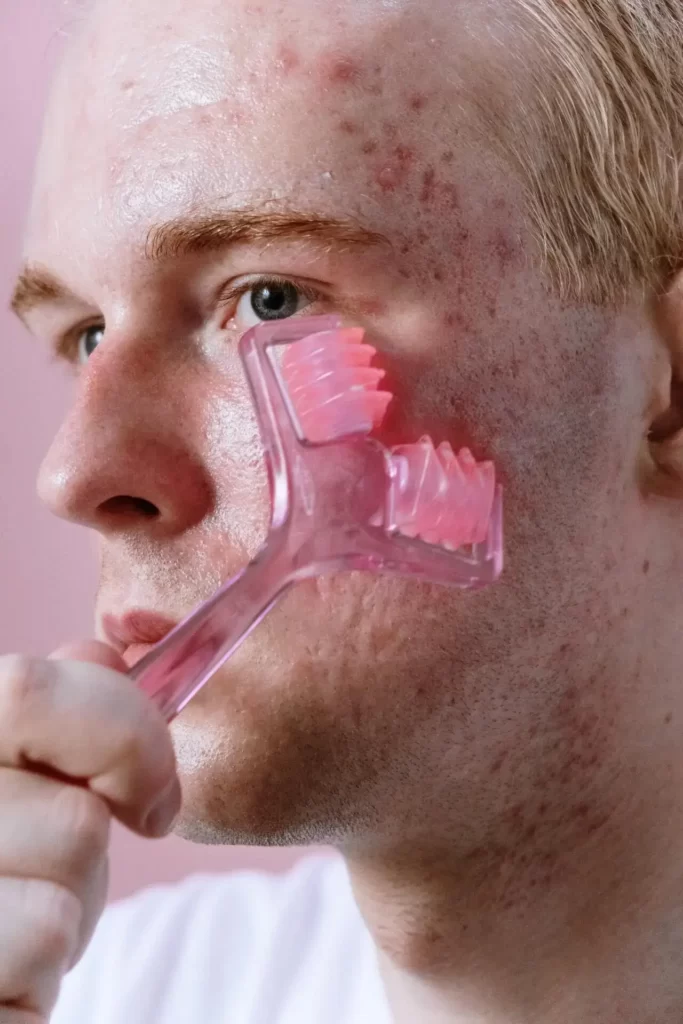
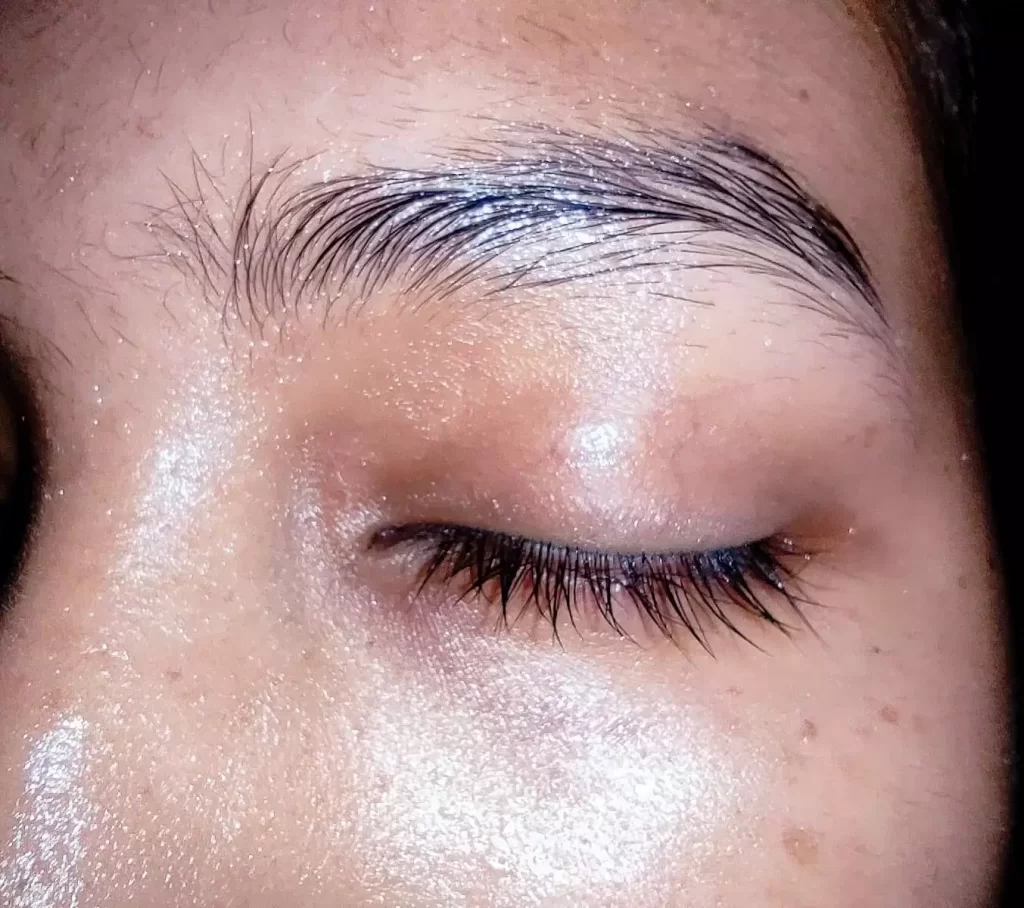
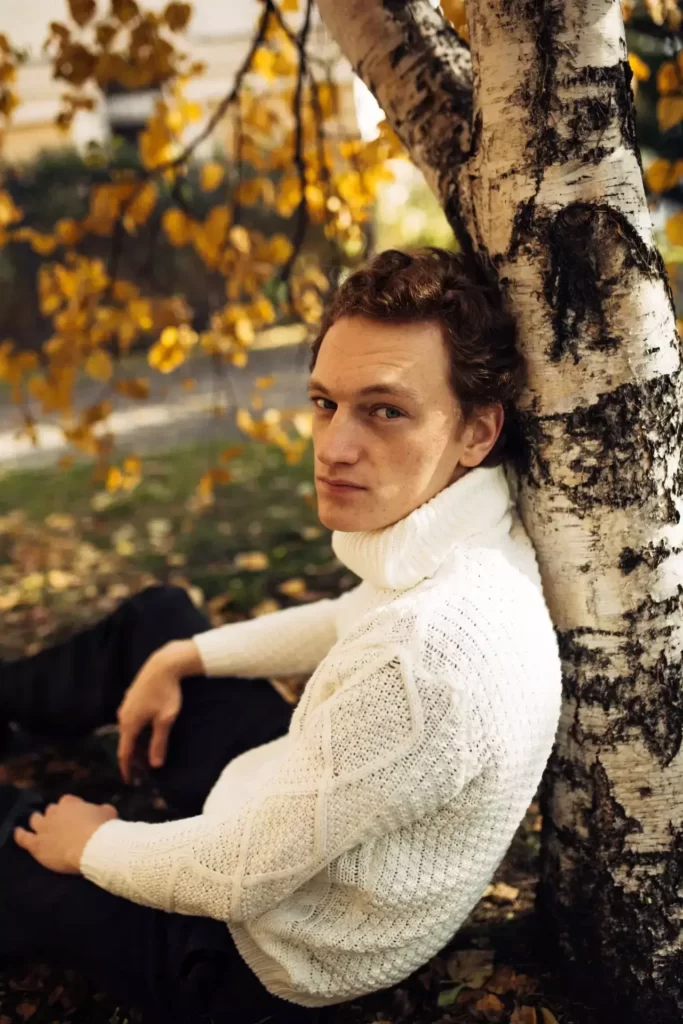
1 Comment. Leave new
Got to know interesting facts 😳